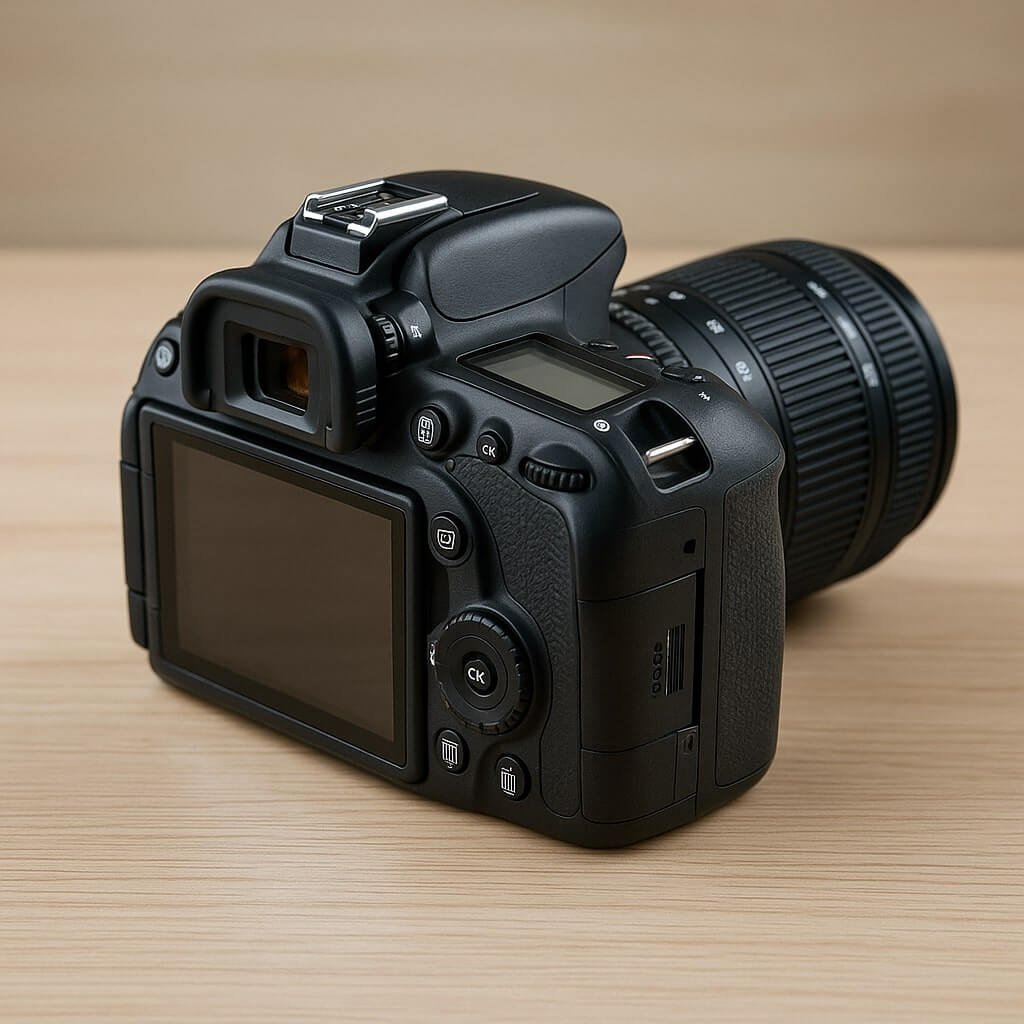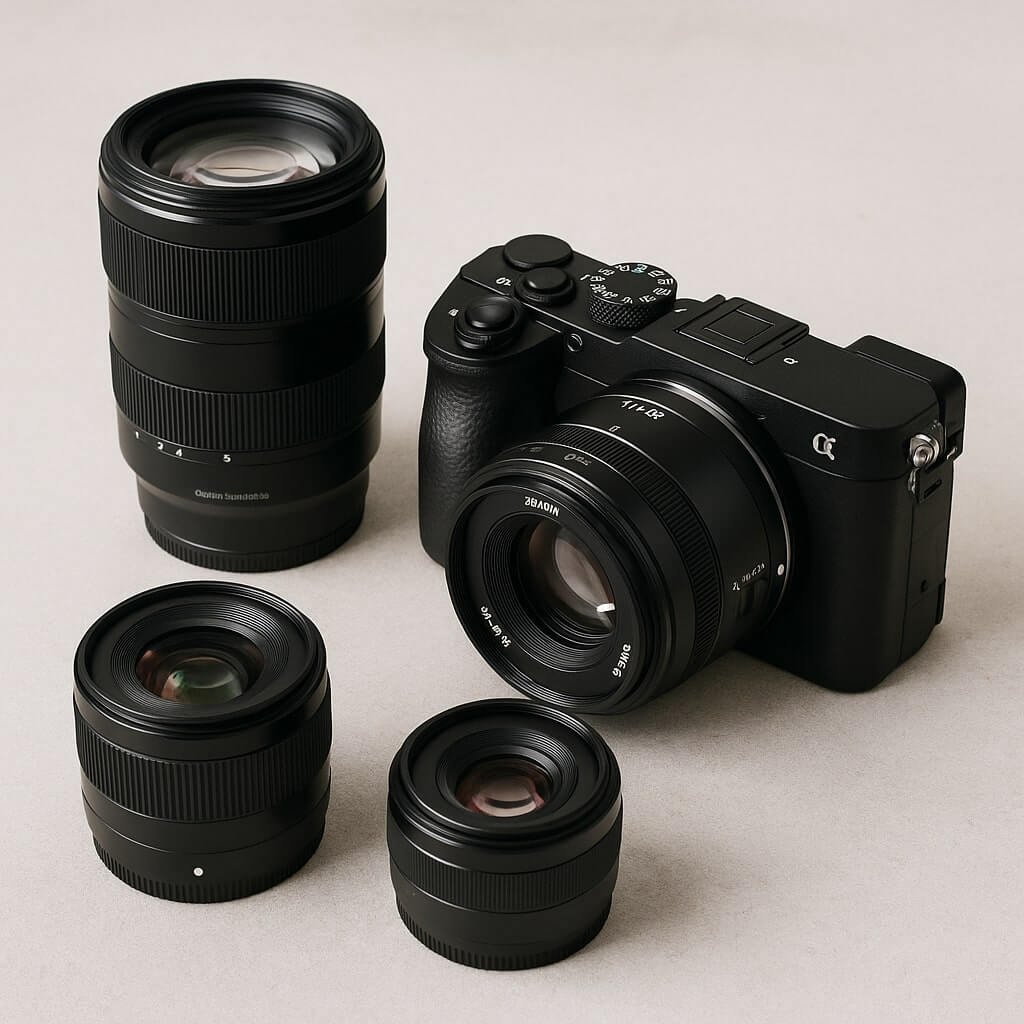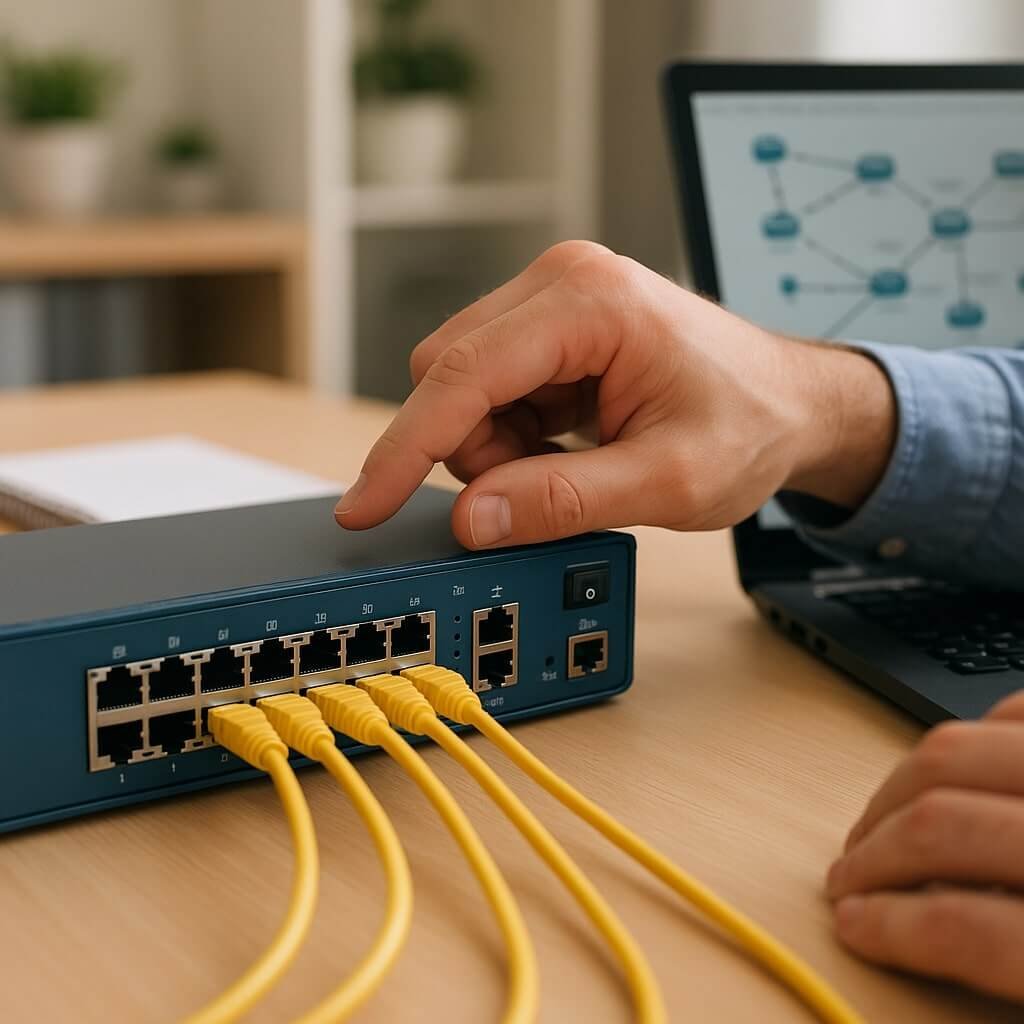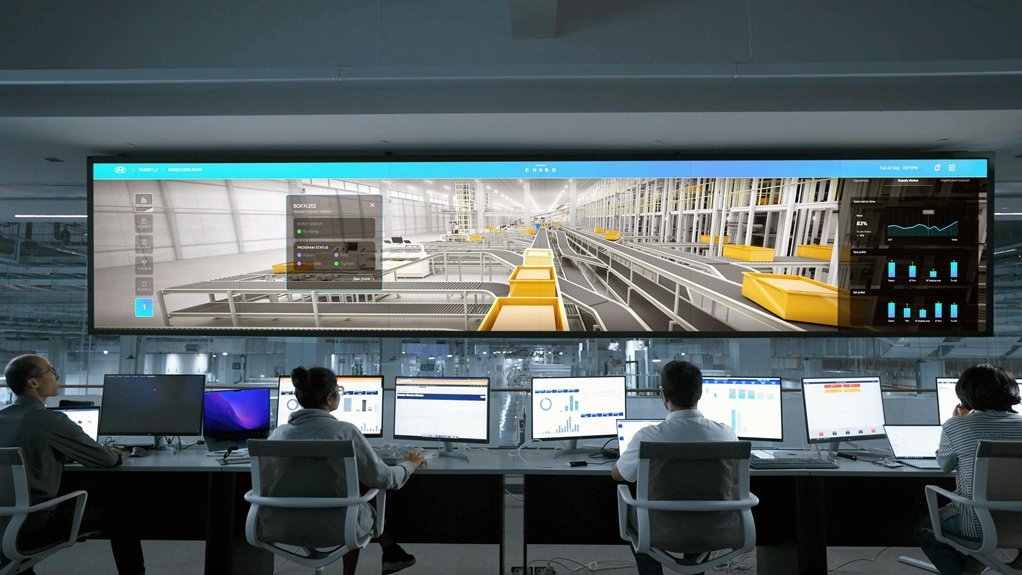In a world increasingly dominated by smartphones and mirrorless cameras, the Digital Single-Lens Reflex (DSLR) camera may seem like a relic from the past. However, DSLRs remain an exceptional choice for beginners who are serious about photography. This article explores in depth why DSLRs still matter, particularly for photography newcomers, and how they provide a solid foundation for learning and creative growth.
Introduction to DSLRs for Beginners
A DSLR is a type of camera that uses a mirror mechanism to reflect light from the lens up into an optical viewfinder. This classic design offers several benefits that are perfect for learning photography fundamentals. Despite the rise of mirrorless systems, entry-level DSLRs from brands like Canon and Nikon continue to offer unmatched value, reliability, and educational opportunities.
1. Affordable and Accessible Learning Tools
One of the biggest advantages of DSLRs today is affordability. As manufacturers focus more on mirrorless models, DSLRs have become more competitively priced. This is a huge plus for beginners who want to explore photography without spending thousands.
Key points:
- You can find well-regarded entry-level DSLRs like the Canon EOS Rebel T7 or Nikon D3500 at budget-friendly prices.
- A vast market of second-hand lenses and accessories makes upgrading more affordable.
2. Physical Controls and Educational Benefits
Learning how photography works—aperture, shutter speed, ISO—is easier when you have tactile, manual controls.
Why this matters:
- Beginners can intuitively learn the “exposure triangle.”
- Physical dials help build muscle memory and a deeper understanding of settings.
While smartphones automate most of the process, DSLRs teach you to take control of the camera and understand how light and exposure shape a photo.
3. Optical Viewfinder for Real-Time Composition
Unlike electronic viewfinders (EVFs) in mirrorless cameras, DSLRs use optical viewfinders (OVFs). This means:
- You see exactly what the lens sees, with no digital lag or battery usage.
- It encourages photographers to frame shots more thoughtfully and naturally.
For new users, an OVF is a more direct and satisfying way to learn composition and focus.
4. Rugged Design and Long Battery Life
DSLRs are typically more robust than their mirrorless counterparts. They offer:
- Longer battery life, often 2–3 times more than mirrorless cameras.
- Durable construction that withstands bumps and dust, making them ideal for learning in diverse environments.
If you’re shooting a weekend trip, outdoor hike, or learning event, a DSLR won’t let you down halfway through the day.
5. Access to a Rich Ecosystem
Because DSLRs have been popular for over two decades, there’s an extensive ecosystem:
- Thousands of compatible lenses—prime, zoom, macro, fisheye—many of which are very affordable.
- Accessories like external flashes, battery grips, and remotes are widely available.
This opens creative opportunities without a large budget.
6. Immediate Feedback with Manual Modes
DSLRs offer full manual control. This helps beginners understand:
- Depth of field using aperture settings.
- Motion blur and freeze with shutter speeds.
- How ISO affects image noise.
Many DSLRs also include on-screen guides and “learning” modes for newcomers, making them great educational tools.
7. Proven Reliability for Building a Portfolio
From student photographers to YouTube creators, many professionals began with a DSLR. Their image quality is still more than enough for:
- Social media
- Portfolio development
- Basic event coverage or product photography
A good DSLR paired with a prime lens can easily outperform the latest smartphone in terms of depth, sharpness, and dynamic range.
8. Better Ergonomics and Handling
DSLRs are often larger than mirrorless cameras, but that’s a good thing for beginners:
- They offer better grip and balance, especially when using larger lenses.
- Their weight and size make them feel more substantial, which encourages more deliberate shooting.
FAQs: Why DSLRs Are Still a Smart Choice
Are DSLRs outdated in 2025?
Not at all. While mirrorless cameras are newer, DSLRs still offer excellent image quality, especially for learning the craft of photography.
What’s the best DSLR for a beginner?
Popular beginner-friendly DSLRs include:
Canon EOS Rebel T7 (EOS 2000D)
Nikon D3500
Canon EOS 90D (for more serious learners)
Can I still find DSLR lenses in 2025?
Yes. The DSLR lens market is still active with both new and used options readily available. The vast inventory from past years also means you have a lot of affordable choices.
Will DSLRs be supported in the future?
Major brands continue to support DSLRs with firmware updates and accessories. Support for lens compatibility and repair services is expected to continue for many years.
Should I choose a DSLR or a mirrorless camera as a beginner?
If you’re on a budget and want a tactile, hands-on learning experience, a DSLR is ideal. Mirrorless may be better for those who prioritise compact size or advanced autofocus, but DSLRs offer better value and battery life for most new users.
Conclusion: DSLRs Are Still a Powerful First Step in Photography
Despite the shifting trends in camera technology, DSLRs remain a relevant and reliable tool for photography beginners. They offer hands-on learning, excellent value, robust performance, and access to a legacy of photographic gear and knowledge. For any aspiring photographer seeking to build foundational skills, a DSLR is more than just a stepping stone—it’s a trusted companion.






